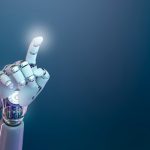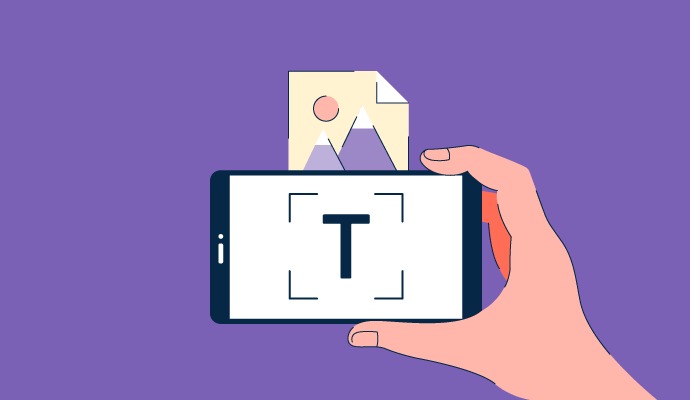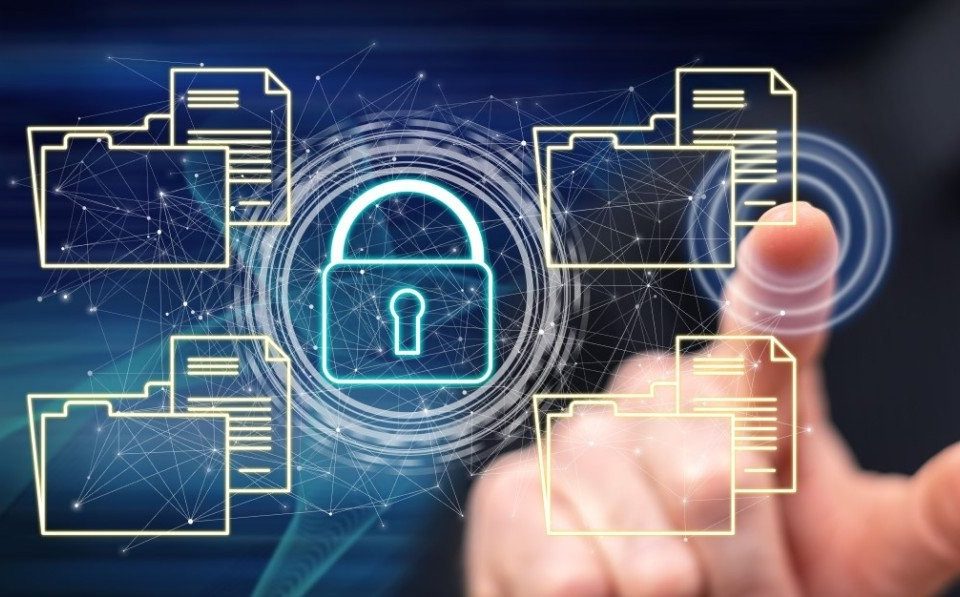
Healthcare Industry OCR Integration: Transforming Healthcare Operations
September 6, 2023
Advantages of AI, Neural Networks, and the Like in OCR and Document Processing
September 10, 2023In the realm of document digitization and data management, Optical Character Recognition (OCR) has played a pivotal role in transforming the way we handle text and images. Over the past few decades, OCR technology has evolved significantly, enabling a wide range of applications across various industries. In this article, we will embark on a journey through the history of OCR, from its early conceptualization to its modern-day applications.
The Birth of OCR: A Historical Overview
Early Concepts and Inception
The roots of OCR trace back to the early 20th century when inventors and visionaries began contemplating ways to automate text recognition. The concept of OCR gained momentum with Emanuel Goldberg’s “Statistical Machine” in the 1920s, which was capable of recognizing characters using a complex system of photoelectric cells and templates. While this invention laid the foundation for OCR, it remained experimental for several decades.
The Breakthrough: Machine-Print OCR
The true breakthrough in OCR technology came in the 1950s when David Shepard and IBM developed the IBM 704, a computer capable of recognizing machine-printed characters with impressive accuracy. This marked the first practical application of OCR, mainly used for reading checks and postal codes. The technology, however, was still limited to specific fonts and formats.
OCR Evolution: From Analog to Digital
Analog OCR Machines
During the 1960s and 1970s, analog OCR machines emerged, utilizing optical scanners to capture printed text and convert it into machine-readable characters. These early OCR systems were employed in industries like banking, publishing, and government, streamlining data entry and reducing manual labor.
Advancements in Character Recognition
As computing power increased, OCR technology evolved to handle a broader range of fonts, styles, and languages. The 1980s saw the introduction of machine-learning algorithms, which significantly improved OCR accuracy. These algorithms analyzed character shapes, patterns, and context, allowing OCR systems to recognize text more reliably.
The Digital Revolution
The 1990s marked the transition from analog to digital OCR. Scanners became more affordable and accessible, enabling businesses and individuals to convert printed documents into editable text files. Optical Character Recognition software made its debut, making OCR technology accessible to a broader audience.
OCR in the Modern World
Text Recognition Beyond Printed Text
Today’s OCR technology has transcended its original purpose. It can now recognize handwritten text, cursive writing, and even complex documents with tables, graphics, and multiple fonts. Advanced algorithms and machine learning have made OCR systems adaptable to diverse languages and writing systems, fostering global communication and data accessibility.
Application Across Industries
OCR’s applications have expanded to countless industries, from healthcare to finance, logistics to education. In healthcare, OCR helps digitize patient records and prescriptions. In finance, it automates data entry for invoices and receipts. In logistics, it streamlines package tracking, and in education, it facilitates the creation of searchable digital archives.
Handheld OCR Devices
The proliferation of smartphones has given rise to handheld OCR applications. Users can now point their phone cameras at printed or handwritten text, and OCR technology instantly converts it into editable text on their screens. This has transformed the way we interact with physical documents in a digital age.
Challenges and Future Prospects
Addressing Complex Documents
Despite OCR’s remarkable progress, challenges remain in accurately recognizing complex documents with intricate layouts and mixed languages. Developers are actively working on improving OCR’s capability to handle such scenarios.
AI-Powered OCR
The integration of artificial intelligence (AI) and deep learning techniques is expected to push the boundaries of OCR even further. AI-powered OCR systems can adapt to user-specific needs, learning from user corrections and continuously improving recognition accuracy.
Multimodal Data Integration
The future of OCR is not limited to text alone. It will integrate seamlessly with other technologies like natural language processing (NLP) and computer vision, allowing for more context-aware and comprehensive data extraction from multimedia sources.
Conclusion
The journey of OCR, from its humble beginnings as an experimental concept to its current status as a versatile, indispensable technology, is a testament to human ingenuity and our relentless pursuit of automation and efficiency. As OCR continues to evolve, its impact on data management and information accessibility will only grow, opening up new possibilities across diverse fields and industries.


